Spazio in situ, an emerging artist-run space in the artistic scene of Rome but already featured by an its own identity, hosts, until the 12th of October, the exhibition Hadal Zone, curated by Valentina Muzi. Solo show of the artists duo bn+BRINANOVARA, composed by the young Giorgio Brina and Simone Novara, the event, opened last 12th of September, introduces the results of the authors’ latest research.
By the title already, it is possible to understand the importance of the reference to the so-called Hadal area, a term conceived to indicate those places of maximum depth in the marine abysses, where light can’t penetrate and, therefore, there is the total prevalence of darkness. This last factor is reflected, both in physical and conceptual terms, as an aesthetic fil rouge, in the exhibition experience considered in its totality, as well as in artists’ artworks, who propose works of painting and sculpture. Indeed, in paintings presented, belonging to the Unpredicatble Ecosystem series, there is the evident chromatic dominance of black color. It concerns an intense black and unsurpassed by sight but that lets some physical and formal partialities emerge on the surface, working on an allusive depth of these two-dimensional works. This artworks cycle is centered on the analysis of image, conceived as a communication mean and receptacle of historical-cultural implications. Using the practice of the portrait as a stylistic pretext, the couple sets up a reflection on tradition of this ancient artistic genre, linking it, in parallel, to its derivations and contemporary transformations.
In this way, it is possible to see how each painting returns a suggestive sense of evanescence, resulting from the comparison with a never perfectly concluded subject, caught – it would seem – about to reveal itself further or in the moment of dissolving into the anonymity of the darkness. The recognizable components are, in the most part, corresponding to remnants of dresses and anatomical parts, obtained through a particular process of erosion of the artwork itself and marked by an iridescent color. However, in this way, details and features appear, deliberately, unintelligible, if not in the intuition of the same. Of great importance is also the relationship with the variable represented of time, resolved by the artists with the studied insertion, in some works, of historical elements and that is reflected in the long observation timings needed for an exhaustive reading of these kind of artworks.
The relationship with the past is also recognizable in the choice of the reference to Mannerist school painting, choosing famous portraits by Bronzino, Rosso and Pontormo as models, in part, to be questioned. Indeed, Mannerism itself invited the painters of that time – similarly to today’s practice of post-production regarding digital images – to work considering specific stylistic canons that, from time to time, were reformulated and reshaped, causing different solutions. So, in this specific circumstance, the two artists revisit historicized examples on which they intervene, leaded by a sensitivity that is the fruit of a present characterized by an uncompleted, immaterial and evanescent image. As artists say: “The image regulates our time by defining its social models. But it is compromised in an unceasing reconfiguration which produces a continuous particle waste”.
In order to steady the bond between the language of paintings and the atmosphere of the exhibition environment we have the sculptures that, in addition to multiplying the chromatic, compositional and processual consonances that exist between one artistic result and another, when the exhibition space is closed and the lighting is off, thanks to their light-absorbing properties, they work as real light sources, marking the whole show of a transfigurable and not definable identity; the same held in the artworks.
Finally, note that, to accompany the project, a catalog is going to be released, edited by Iacopo Prinetti, with contributions by Christophe Costantin, Francesco Beneggi, Giuseppe Frangi, Iacopo Prinetti, Simone Cametti, Kristian Sturi, Federica Fiumelli, bn+BRINANOVARA, Saverio Verini, Valentina Muzi, Eleonora Aloise.
Info:
bn+BRINANOVARA. Hadal Zone
curated by Valentina Muzi
12/09/2020 – 12/10/2020
Spazio in Situ
Via San Biagio Platani 7 – Roma
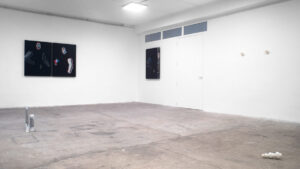
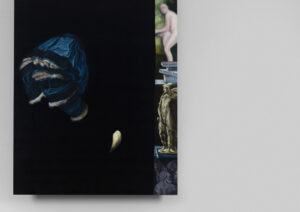
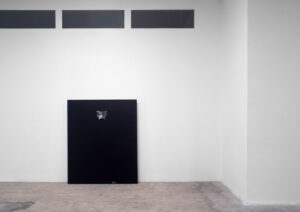
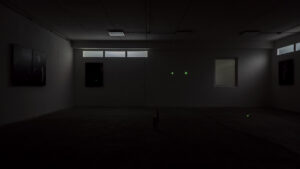
For all the images: bn+BRINANOVARA. Hadal Zone. Installation view at Spazio in Situ
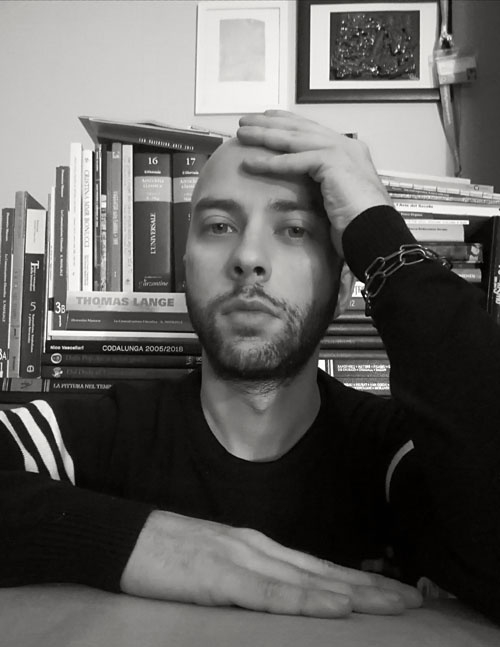
Contemporary art critic and curator, he has curated exhibitions in galleries, independent and institutional spaces. He has lectured in Italy and abroad. His texts and research are published in catalogs, sector magazines, gallery editions and monographs. He is the curator of artist archives, contributor to specialized magazines and press offices. He collaborates with foundations, public museums, publishing houses and universities on research and curatorial projects.






NO COMMENT